Nationality Slovenian Name Zoran Music Books Zoran Music | Role Painter Awards Preseren Award Parents Mary Blazic | |
Spouse(s) Ida Cadorin Ida Barbarigo (fr) Education Academy of Fine Arts, University of Zagreb | ||
ZORAN MUŠIČ | Leopold Museum
Zoran Mušič (12 February 1909 – 25 May 2005), baptised as Anton Zoran Mušič, was a Slovene painter, printmaker and draughtsman from the area of the Kras Plateau near the Adriatic Sea. He was the only painter of Slovene descent who managed to establish himself in the elite cultural circles of Italy and France, particularly Paris, where he lived for the larger part of his later life. He painted landscapes, still lifes, portraits and self-portraits, but also scenes of horror from the Dachau concentration camp and the vedutes of Venice.
Contents
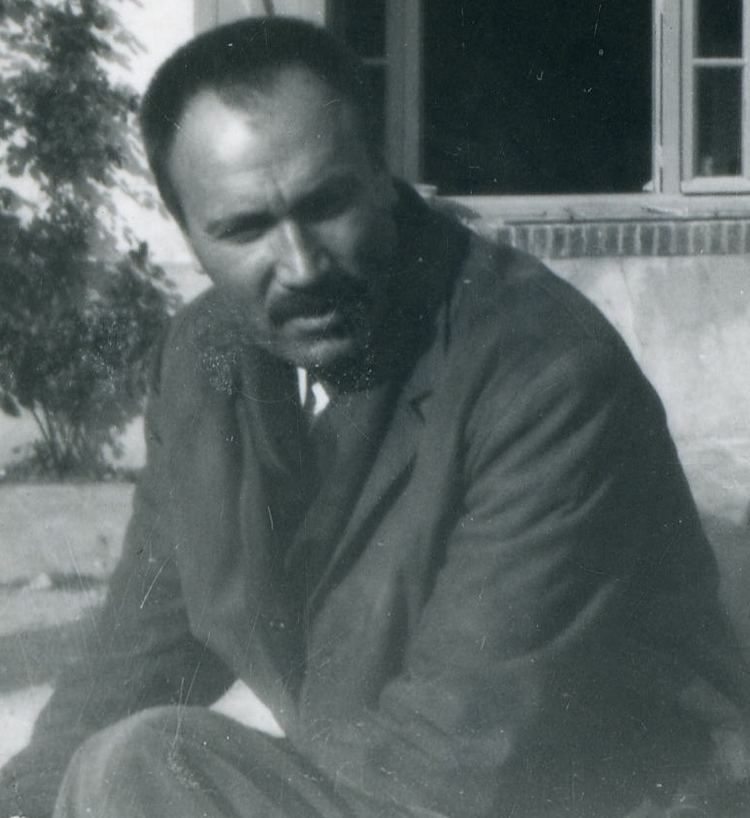
Galerija adris izlo ba zoran mu i
Life
Zoran Mušič was born in a Slovene-speaking family in Bukovica, a village in the Vipava Valley near Gorizia, in what was then the Austrian County of Gorizia and Gradisca (now in Slovenia). Mušič's father Anton was headmaster of the local school, while his mother Marija (born Blažič) was a teacher there. Both parents were Slovenes from the Goriška region: his father was from the village of Šmartno in the Brda hills, while his mother was born in a small village Kostanjevica near Lig Kanal ob Soči.
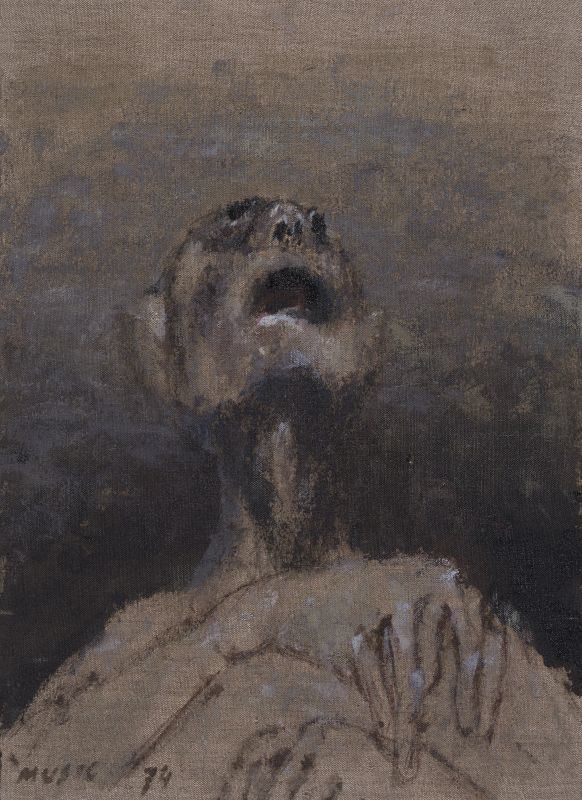
Father was mobilized and on different battlefiels during the First World War. In 1915, during the Battles of the Isonzo, the family (mother with children) was forced to flee to Arnače, a village near Velenje in the Duchy of Styria, where Zoran attended elementary school. In spring 1918, towards the end of World War I, the family moved back to Gorizia, but they were expelled again in August 1919 by the Italian authorities that had occupied the region. They moved to Grebinj or Griffen in Carinthia, but were expelled once again by the Austrian authorities after the Carinthian Plebiscite in late October 1920. They finally settled in the Slovenian Styria, then part of the Kingdom of Serbs, Croats and Slovenes.
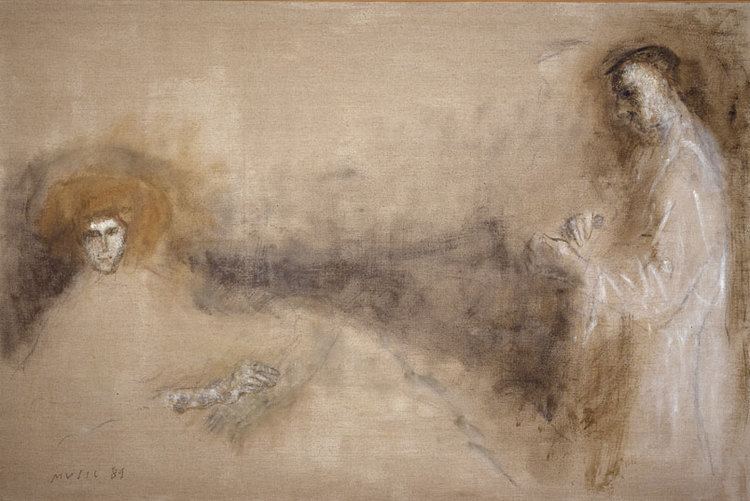
Mušič attended two high schools in Maribor till 1928. After, he visited Vienna. Between 1930 and 1935 he continued his studies at the Academy of Fine Arts in Zagreb. Mušič spoke Slovene, German, Croat, Italian, French and some Friulian.
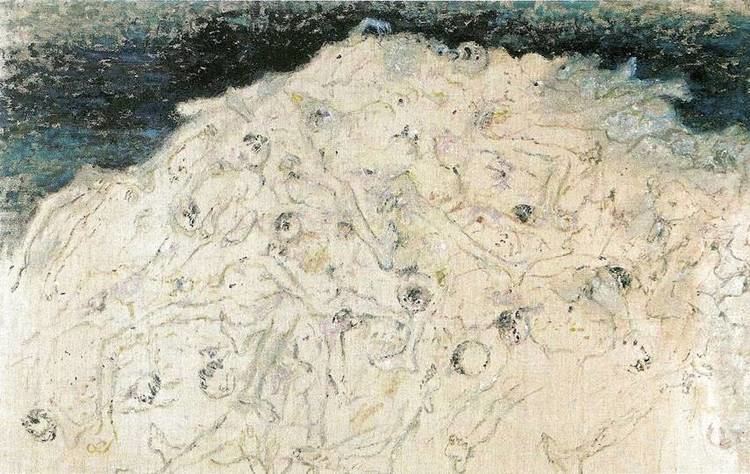
After graduation in 1934, he travelled extensively. He spent three months (1935) in Spain, mainly Madrid. Later he served his obligatory army service in Bileća (1936). He spent each summer in Dalmatia while being based in Maribor and Hoče. In 1940, he moved to Ljubljana. During this period (1942), he painted in two churches in his native Goriška region, together with his friend Avgust Černigoj (Drežnica, Grahovo) and one in village Gradno with another Slovenian painter Lojze Spacal. In October 1943, he moved to Trieste and later to Venice. He had his first one-man show (outside Yugoslavia) in Trieste and several months later in Venice. In early October 1944, he was arrested by the Nazi German forces because he was in a group of Slovene anti-fascists. The group had hidden transmitter adn was connected with IS. His drawing and painting in Venice raised suspicions that he was a spy, and a month later he was sent to Dachau concentration camp, where he made more than 100 sketches of life in the camp, some under extremely difficult circumstances. From the drawings, mainly executed in May 1945, he managed to save around eighty. After liberation by Americans in April 29, 1945, Mušič returned to Ljubljana in June. There, he was subjected to the pressures by the newly established Communist regime and moved to Gorizia at the end of July 1945. In the following months he travelled in the area of Trieste and Istria, spending some time in Pinguente (Buzet). In October 1945 he settled in Venice. In September 1949 he married younger painter Ida Cadorin - Barbarigo there.

In 1950 he won the Gualino prize and in 1956 the Grand Prize for his printmaking at the Venice Biennale. In 1951 he was awarded the Prix de Paris, (jointly with Antonio Corpora in 1951) for his colorful paintings of Dalmatia. After 1952 he lived mainly in Paris, where the 'lyrical abstraction' of the French Informel determined the art world. Throughout this period he kept his studio in Venice and exhibited again at the Biennale in 1960, when he was awarded the UNESCO Prize. The much acclaimed series We are not the Last, in which the artist transformed the terror of his experiences in the concentration camp into documents of universal tragedy, was made in the 1970s. His last achievement were series of Selfportratis and Double portraits. His last paintings were dated in the year 2000.
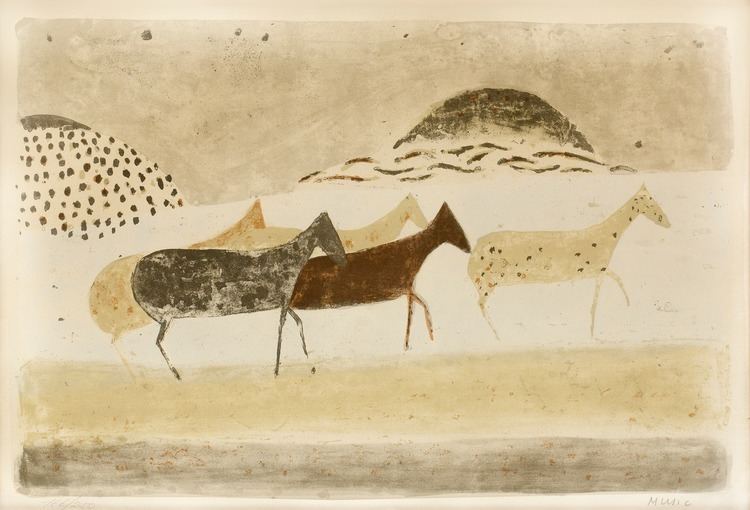
In 1981 Mušič was appointed Commandeur des Arts et des Lettres in Paris. Mušič's work has been honoured in numerous international exhibitions, such as the large retrospective exhibition at the Grand Palais in Paris in 1995, opened by the French and Slovenian presidents François Mitterrand and Milan Kučan.
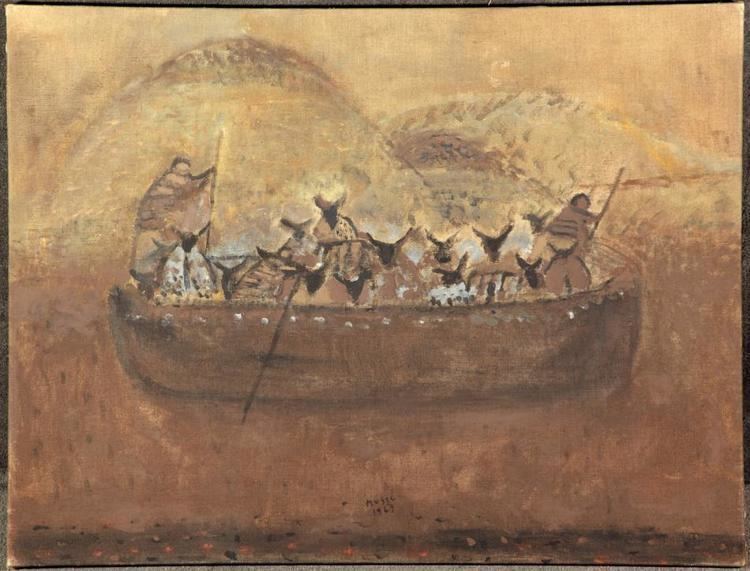
In 1991, Mušič was given the Prešeren Award for lifetime achievement, the highest decoration in the field of the arts in Slovenia. Some of Mušič's works have been featured at Piran Coastal Galleries. Gallery Zala from Ljubljana prepared 6 exhibitions (3 in Ljubljana, one in: Belgrade, Vienna and London). A big retrospective was prepared in Modern Gallery in Ljubljana November 2009. Academy of Sciences published a monograph, written by 20 famous authors from Slovenia, Croatia, Austria, Italy and France (Vizije Zorana Mušiča) November 2012. Last bigger exhibition was in Lugano in October 2016.
He died in Venice in 2005 at the age of 96. He is buried in the local St. Michele cemetery.
Museums and galleries
Austria
Chile
Croatia
France
Germany
Italy
Slovenia
Spain
Sweden
Switzerland
United Kingdom
United States
